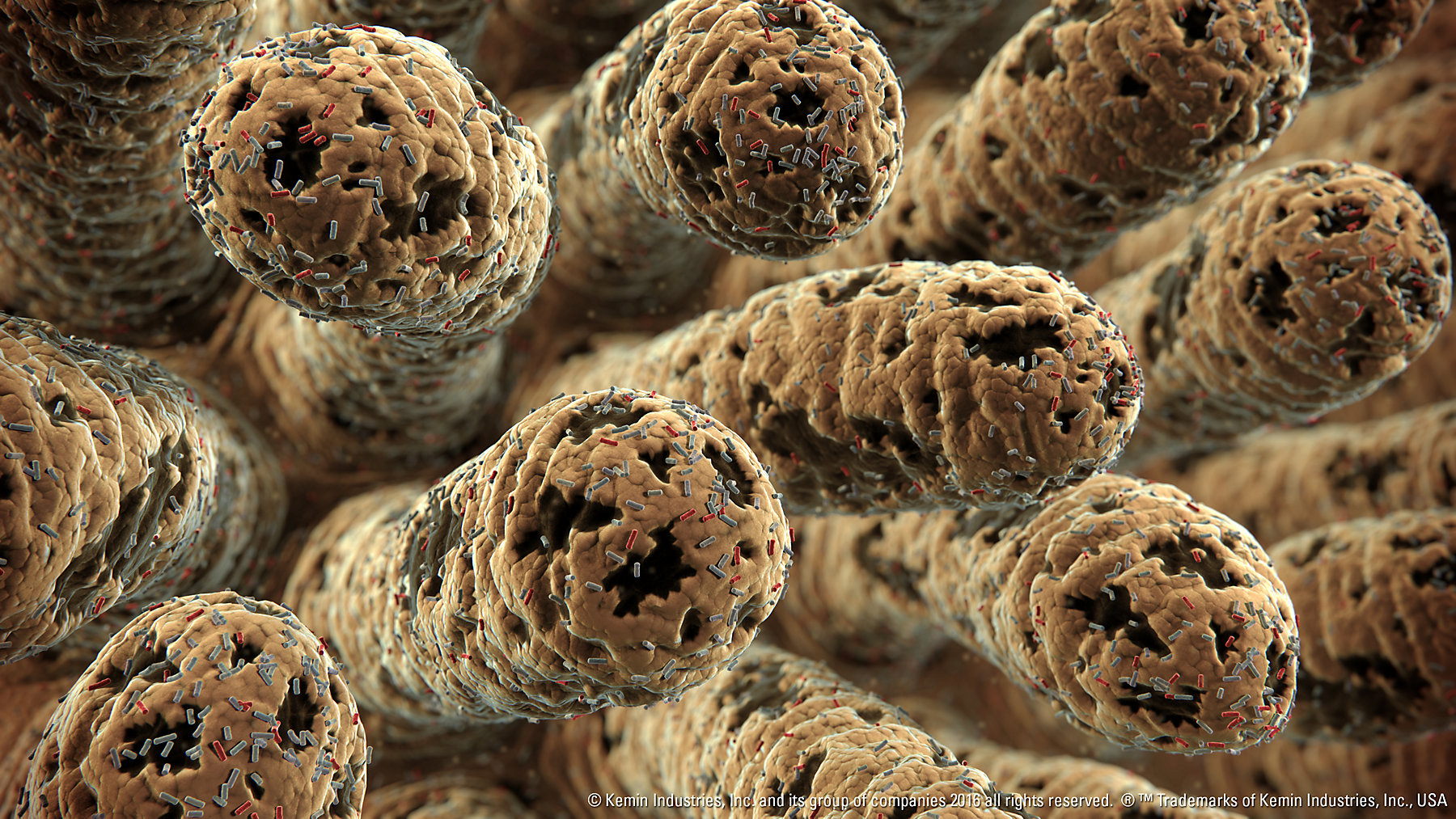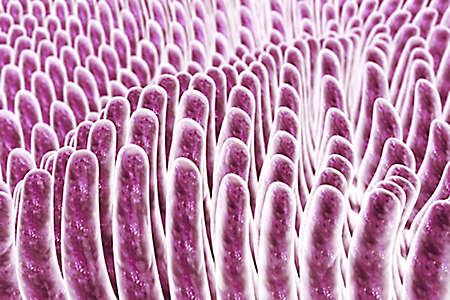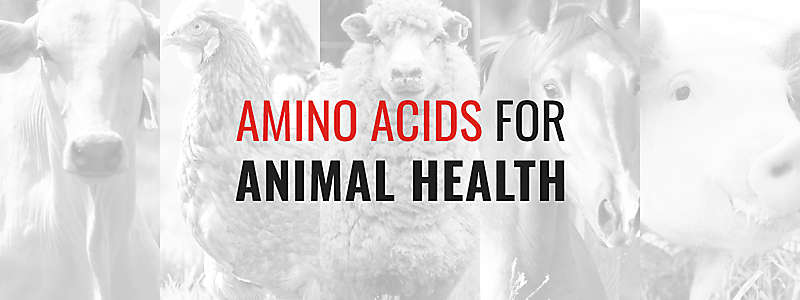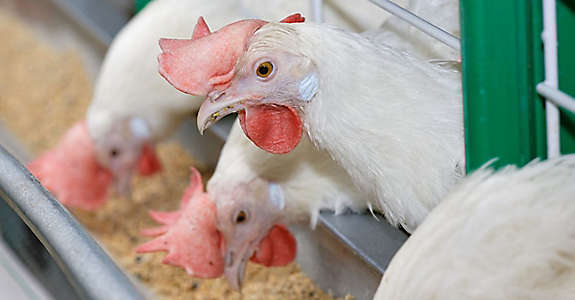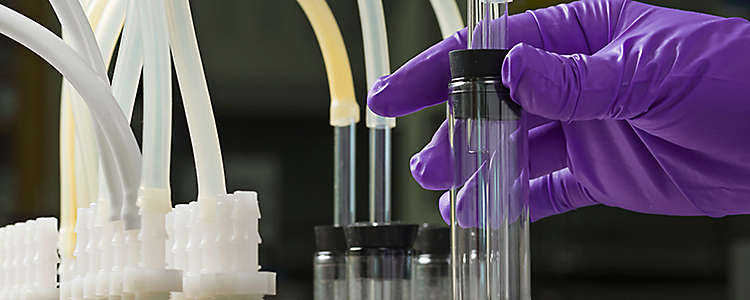Inflammation reduces profitability, endangers health and product quality. Inflammation occurs frequently in intensive, modern animal production systems, particularly when routine antibiotics are being reduced. Controlling inflammation promises ROI in terms of feed conversion and health benefits to the livestock. This control is now the proposed mode of action (MOA) of commonly used antimicrobials in feed (AGPs). By managing triggers of inflammation and actively downregulating inflammation, excellent results can be achieved with alternatives to antibiotics in terms of productivity and even welfare. It is all about changing focus from anti-microbial effects to anti-inflammatory.
Where and when does inflammation occur?
As livestock production has intensified across many countries, inflammation has become a common side effect. An increase has been observed in productions systems where routine antibiotic usage has been discontinued. It is a natural process and has been connected to desirable outcomes, such as controlled apoptosis, however, it can get out of hand. Inflammation becomes a challenge when the up- and down-regulations of the process are not well matched. There are different triggers that can start this process such as oxidative stress, certain mycotoxins, social stress, fast growth rates, and certainly dysbiosis of the gut microbiome. Several of these inflammation starting points also trigger each other (e.g. social stress leading to dysbiosis) which can lead to a vicious cycle of inflammation.
Once inflammation has gone beyond the normal level, it becomes very challenging for the animal to regulate it again back to normal levels. While inflammation has likely always posed a challenge in livestock production, its significance is certainly increasing in modern systems.
The mode of action (MOA) of antibiotic growth promoters
Originally, the discovery of the antibiotic growth promoting effect was accidental. Afterward, several explanations were suggested (after Niewold, 2007):
- Inhibition of subclinical infection
- A reduction in undesirable metabolites (e.g. ammonia)
- Less use of primary nutrients by microbes
- Improved nutrient absorption by gut-wall thinning effects
However, none of these could explain the growth promoting effect over a wide range of very different antibiotic substances. One factor all efficient AGPS have in common is a non-antibiotic effect. Even in low doses, they act as an anti-inflammatory. Regional laws governing antibiotic use have either banned antibiotics or are considering bans in many countries. Because the effect was found to have been anti-inflammatory and not anti-microbial, livestock antimicrobial supplements are being selected based on their anti-inflammatory potential instead of the anti-microbial potential.
Why is modulating inflammation relevant for livestock production?
Anti-inflammatory effects in the intestinal wall are now the proposed mode of action of antibiotic growth promotion. This alone should make anti-inflammatory effects worth a second look.
Heating while keeping your windows open
First, inflammation costs energy. Simply raising the body temperature of an animal by one degree does not appear to be a big effect. It is the first visible sign of any inflammation typically triggered by IGFα. However, such a small increase comes with a large energy expenditure, particularly in relatively small animals such as poultry. All energy expenditure comes at the cost of feed conversion affecting the bottom line of any production.
Driving with the handbrake on
While the exact hierarchy is under much debate in the scientific community, it is agreed upon that animal physiology prioritizes energy utilization. There is no dispute, however, that growth and the specific immune response are of low prioritization. As long as an animal experiences a shortage of energy due to increased exertion from inflammation, it cannot reach its full genetic potential in terms of growth or yield of milk or eggs, respectively.

